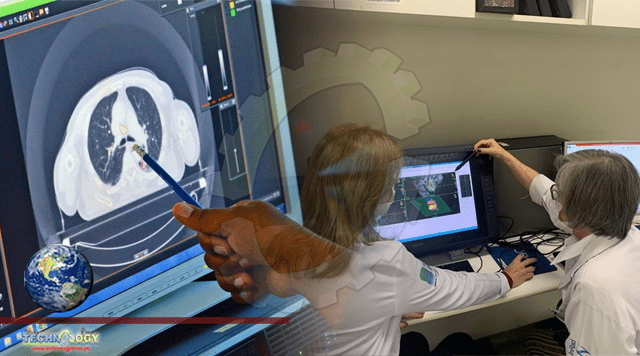The World Health Organization (WHO) released technical specifications of procuring, using and maintaining radiotherapy devices commonly used in treatment of cancer.

The publication, produced in collaboration with International Atomic Energy Agency (IAEA), draws from a 2008 IAEA paper on radiotherapy technical specifications.
More than 50 per cent cancer patients require radiotherapy as part of cancer care, the report mentioned. “IAEA data shows that around one-third of countries still do not have radiotherapy available, out of which 28 are in Africa,” said May Abdel-Wahab, Director of the IAEA’s Division of Human Health.
The guidance document covers major radiotherapy equipment, including those used in treatment, associated imaging, treatment planning software, information management and other ancillary devices.
The paper also specifies conditions for storing the devices like shielding for walls, floors and ceilings, among other things. It also describes how to maintain the equipment for them to have an optimal lifespan, which is usually 10-15 years.
Selecting radiotherapy systems appropriate for given settings and matched to the existing workforce help ensure the delivery of safe radiotherapy, said WHO in a press release on the publication.
Dr Bente Mikkelsen, director of the department of non-communicable diseases at WHO, said:
“While interruptions of radiotherapy equipment predate the novel coronavirus disease (COVID-19), they have been exacerbated during the pandemic because of breakdowns in global supply chains and barriers to the free movement of technical service personnel. Any improvement that reduces interruptions can make the difference between life and death for patients whose tumours continue growing while they await treatment.”
The document also reviewed recent and emerging technology and techniques in radiotherapy “that may have applicability in limited-resource settings in the future”.
The publication is intended for medical physicists, biomedical and clinical engineers, radiation oncologists, oncologists and anyone else with responsibility for manufacturing, planning, selecting, procuring, regulating, installing or using radiotherapy equipment.
Originally published at Down to earth